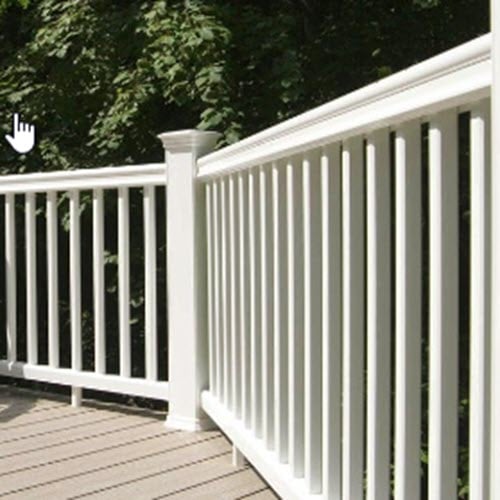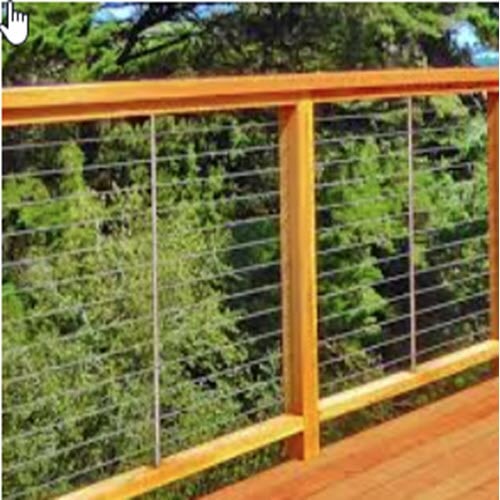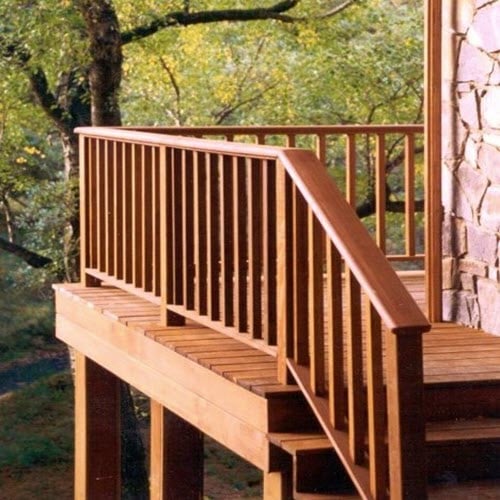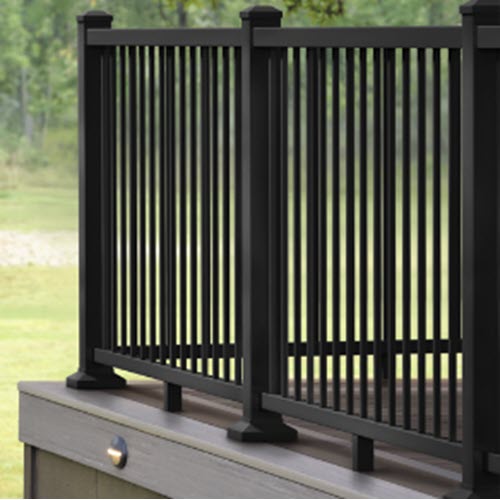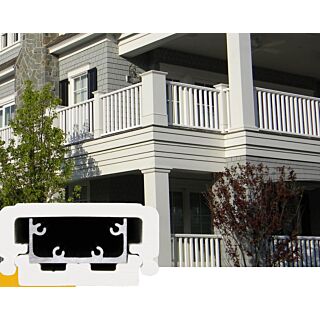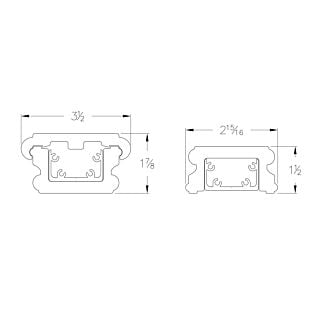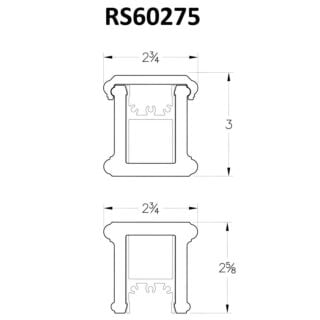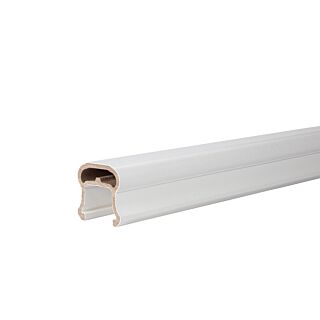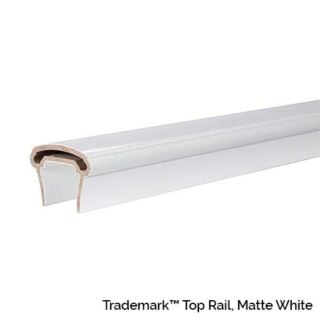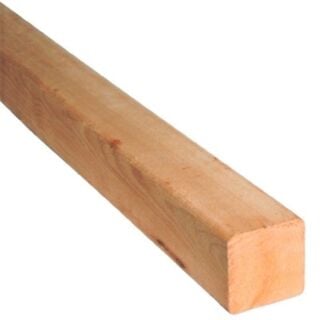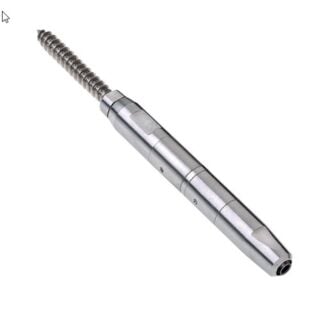Railings Systems
Best Sellers
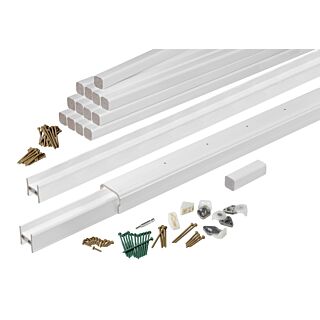 TimberTech® Classic Composite Series Universal Rail Kit, Matte White, 6 ft. SKU: TKIT6MWWas $157.55 Now $141.80each
TimberTech® Classic Composite Series Universal Rail Kit, Matte White, 6 ft. SKU: TKIT6MWWas $157.55 Now $141.80each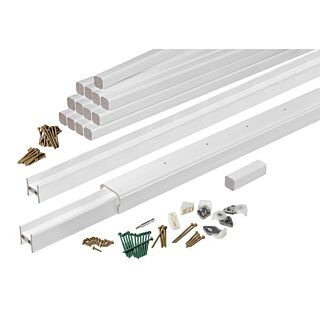 TimberTech® Classic Composite Series Universal Rail Kit, Matte White, 8 ft. SKU: TKIT8MWWas $214.35 Now $192.92each
TimberTech® Classic Composite Series Universal Rail Kit, Matte White, 8 ft. SKU: TKIT8MWWas $214.35 Now $192.92each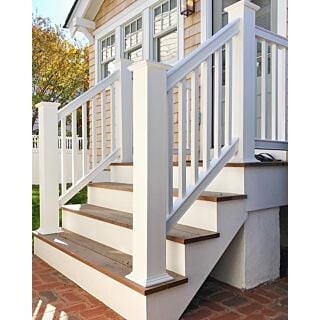 Intex 5 in. x 5 in. x 48 in. Post Sleeve (Fits Intex Rail Systems - RS35, RS40, RS60) SKU: IPOST$99.00Carton
Intex 5 in. x 5 in. x 48 in. Post Sleeve (Fits Intex Rail Systems - RS35, RS40, RS60) SKU: IPOST$99.00Carton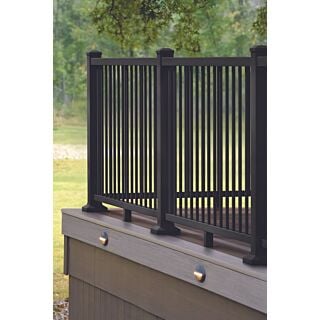 TimberTech® Impression Rail Express® 36 in., (Build Your Own) SKU: BYO-IMPRESSIONRAIL
TimberTech® Impression Rail Express® 36 in., (Build Your Own) SKU: BYO-IMPRESSIONRAILStarting at $15.89
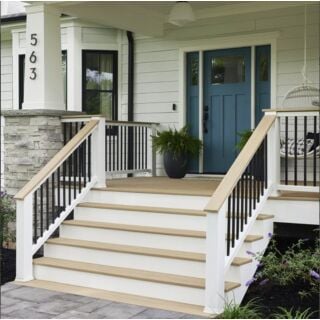 TimberTech® Drink Rail Composite Series Rail, (Build Your Own) SKU: BYO-DRINKRAIL
TimberTech® Drink Rail Composite Series Rail, (Build Your Own) SKU: BYO-DRINKRAILStarting at $16.65
Deck and Porch Railings are finishing touches to a house.
Railings are the most visible aspect of a deck as they are seen from the deck proper, from the yard, and often from a home’s interior. At Ring’s End deck showrooms, you can assess many railing options that can add style and functionality to your deck. Railings are also an important safety feature; our experienced sales people are great resources for learning how proper railing materials and design can add safety and stability to your deck.
Options for Railing
Ring's End carries and can order multiple types and styles of railings. Railings can come in multiple wood species like Red Cedar, Ipe and Pressure Treated as well as man-made products like PVC, Composite or Vinyl.
Railing Components
Deck and Porch Railings can require multiple parts. Some of these parts may have options for style, mixed material and style. Components can constist of Top Rails, Bottom Rails, Sub-Rails, Balusters, Posts, Post Caps, Post Skirts, Lighting and Hardware. Some components may be included in kits, others maybe by the piece.
Top Rails
Top rails come in a variety of lengths and profiles. Some may be rounded at the top and edges, others might be flat and wide so it be continous along the area. These are required for code compliance and for strength of the system. Many will require the addition of an ADA graspable handrail down the stairs.
Bottom Rails
Bottom Rails can hold up the balusters and adds a finishing touch to sight lines.
Sub-Rails
Sub-Rails are typically out of sight of the railing systems. These help installers install railings simply and quickly without the look the adding more pieces.
Balusters
Balusters are the vertical members that connect the bottom rail to the handrail. They come in square, round and turned profiles and are available in many materials.
Posts
Posts come in a few different widths and can be installed above the Top Rail or below the Top Rail to make it continuous throughout your deck
Post Caps
If the installation of the posts are installed above the railing, finish it off your deck with one of the variety of choices.

